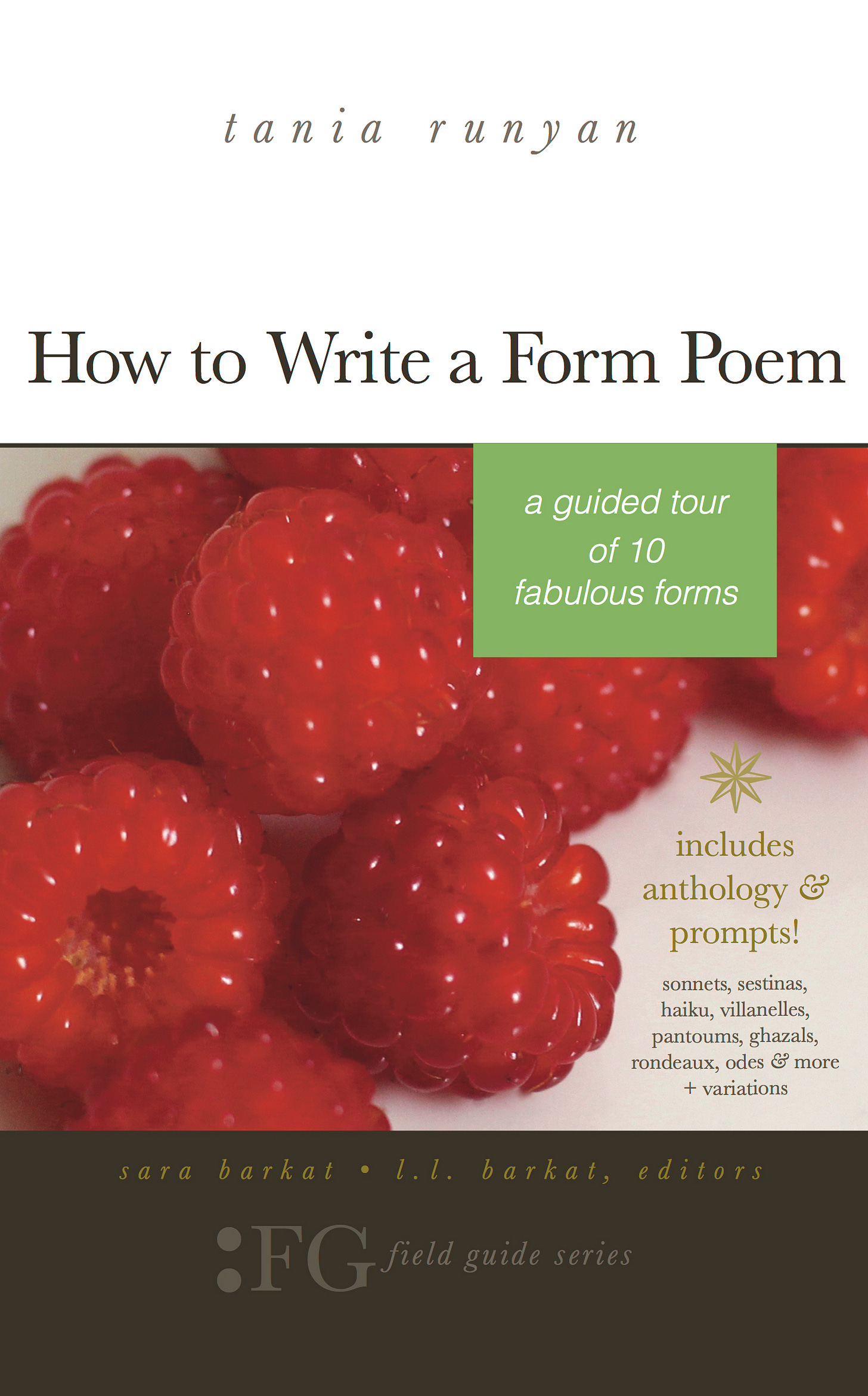The following chapter is from our popular book by Tania Runyan:
How to Write a Form Poem: A Guided Tour of 10 Fabulous Forms
The chapter includes …
• instructions on how to write a true acrostic
• sample poems, including “From the Anxiety Series”
• four prompts to help you go deeper with acrostics
• a bonus explanation of the double acrostic, with sample poem
Chapter 4: An Acrostic Over Troubled Waters
It’s a classic beginning-of-the-school-year activity: create an acrostic that describes you. First, you stack the letters of your name from top to bottom. This forms the basis of what you’ll do next: choose words that show off who you are, each word starting with a letter in your name.
Exhibit A:
Terrific
Amiable
Nature-loving
Intelligent
Adorable
Cute, right? And back in my day, we would probably cut out magazine pictures, too—that would somehow capture our inner soul—and slap those suckers on with rubber cement.
Acrostics have always had a reputation for being fun and easy to write (unless your name is Bartholomew, I guess), and although they can make for a good September icebreaker assignment, they’re often not taken very seriously.
But acrostics that do what acrostics are supposed to do? They don’t mess around. For this reason, they are sometimes used stealthily in subversive public statements—to powerful or witty effect. The statement may be quiet, but it’s anything but timid.





